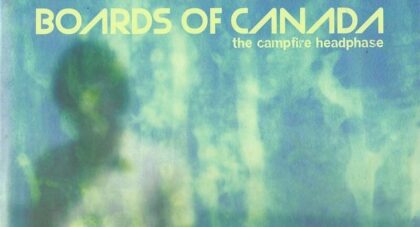Address Los Angeles, a recurring feature on Aquarium Drunkard, explores the lesser-to-unknown corners of LA: be it an address, an artist, or a fleeting thought.
By 1905 Jacob Adloff was enjoying a great degree of success. In the 27 years since he’d moved to America from his native Germany, he’d made a name for himself bottling and distributing beer, was a partner in several saloons, and had married into a well-established pioneer family. At the age of 45 his prize investment was surely Vienna Park -- a beer garden, restaurant, bowling venue, outdoor space and gathering area.
Spanning 20 acres Vienna Park was often raucous, with concerts, fairs, ample evening illumination and manicured gardens. Located at the corner of Western Avenue and Jefferson Boulevard, in what is now called Jefferson Park, Vienna found itself just outside of city limits -- until 1896. As history is cyclical, local pressure and a growing city wrapped it within its bounds, reigning in the parks more libidinous behaviors.
Nearby, Charles Victor Hall was becoming a small-time oil tycoon, and owned several properties near Adloff’s which were occupied by the cities more prominent and wealthy (read: less Eastern-European) citizenry. Hall, under the guise of an Improvement Society, set out to convert the land into a public park, driving the crowds, and Adloff, away. And while no bucolic utopia was to come, Adloff likely read the writing on the wall. He subdivided his lot and set out to sell -- but not before building at least nine homes on his own plots, some of which still stand in the neighborhood today. Adloff had many other interests in his care, including a popular saloon on the corners of N. Main and Chavez, in the heart of old Chinatown and on the site of the future Union Station.
Simultaneously, racial covenants were making moves to ensure that an area which had come to see some of the greatest diversity of European immigrants and descendants stay white. In 1928, ruling on a case involving a tract of land mere blocks from the former site of Vienna Park, the California Supreme Court ruled that the covenants could continue to bar occupancy by non-Caucasians -- but not the ownership of the land itself.
Only the good shit. Aquarium Drunkard is powered by its patrons. Keep the servers humming and help us continue doing it by pledging your support.
To continue reading, become a member or log in.


